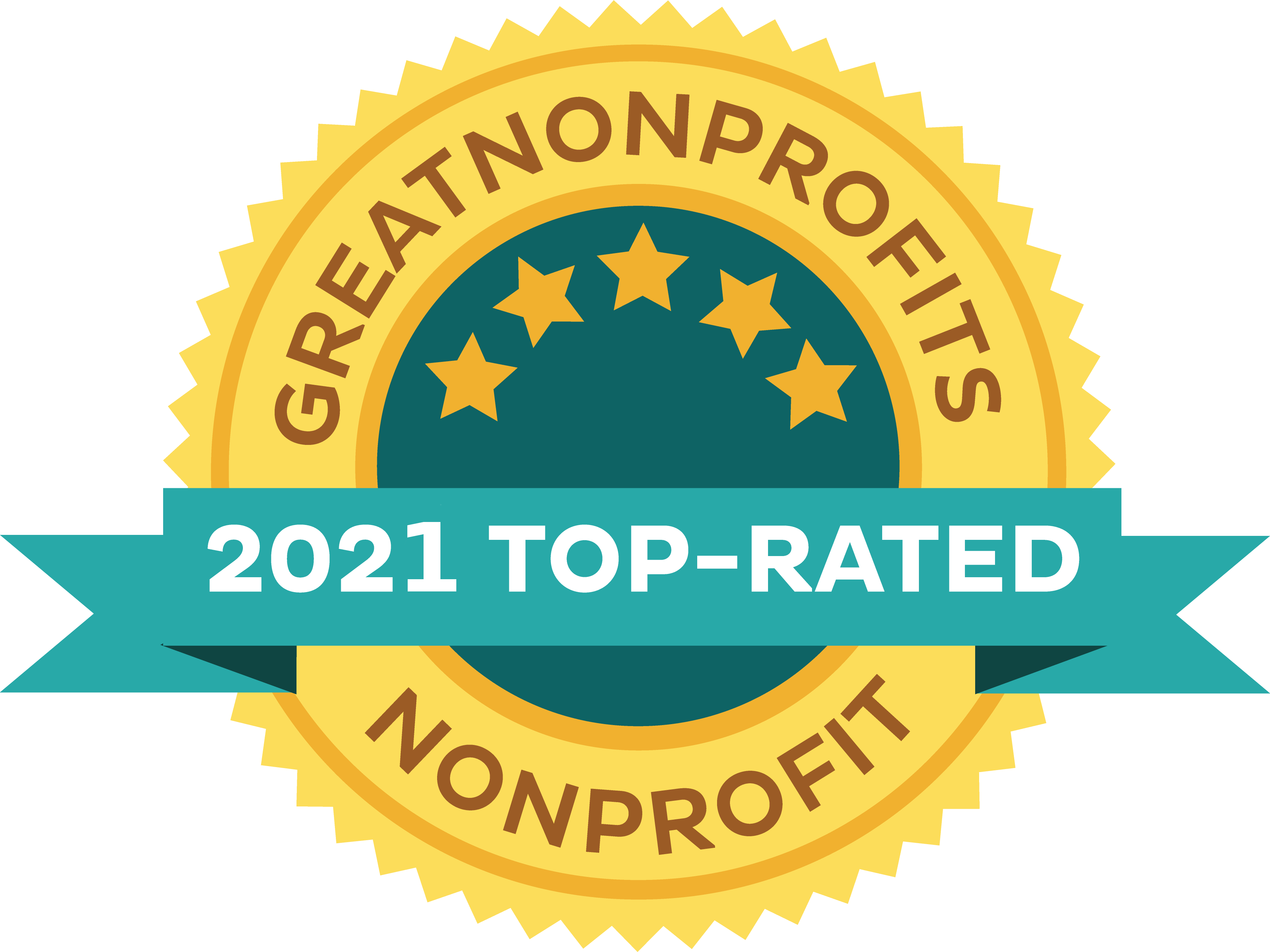Collecting books is not simple. It is not just a question of purchasing one after the other a series of items having something in common. To say the least, collecting requires patience and tenacity. But that's not enough. More important than anything else is a vision. This is exactly what lays behind the collection assembled by the founders of the Institute: the vision of medical traditions.
As early as the 1980s, the Scientific Director of the Institute, Alain Touwaide, understood that no library collection offered the possibility to have in the same environment the resources necessary for a specific study of written medical traditions, from manuscript studies to cutting-edge drug discovery. Not that these resources were not available in any library or research center, but they were often scattered in different libraries, sometimes far from each other. And, even in the context of a specialized library, it was not always possible to have at hand reproductions of the several copies of one work in order to compare them, to identify their similarities and differences, and to reconstruct the long journey of tradition(s).
Taking advantage of his many travels across the globe to personally inspect Greek medical manuscripts, Touwaide, further joined by the Institute's CEO, Emanuela Appetiti, acquired with tenacity all the reference and other works that were required to approach the Greek medical tradition. For years, the collection may have seemed to be dispersive: manuscript studies, botany, pharmacology, translations, botanical illustration, ethnobotany, and also modern history of medicine, geography, alchemy and astrology. With time passing and each section of the collection being developed, however, the coherence of the whole entreprise emerged: it allows for a panoramic study of the whole process of creation, development and transmission of knowledge of medicinal plants among all the populations who inhabited the Mediterranean world from the remotest Antiquity to Modern Science.
Nowadays, the collection totals more than 17,500 items! To make sense of this massive quantity of data, Touwaide and Appetiti organized these items in an analytical way: primary sources are grouped by ancient authors and the groups created in this way are ordered according to their chronological sequence, from Homer to the botanists of the 17th century. Each group is further divided according to a standard system, with biography, bibliography, editions, translations, commentaries and specific studies (themselves by topics and, within each topic, in chronological order of publication). Offprints, usually difficult to be handled and shelved in a library, are placed according to their topic.
Besides being of great help in the management of the collection, such analytical system of classification allows for immediate identification of a topic among the many holdings of the collection and also for a rapid perception of the current state of knowledge on any topic within the field of medical traditions.
This is the Historia Plantarum collection and its vision, which goes way beyond the simple accumulation of books, offprints and journals. It's an analytical instrument to approach traditions as complex phenomena resulting for the intertwining of multiple components and requiring, conversely, a similar multiplicity of instruments to be read. Since the meaning of the collection is increasingly emerging out of the massive quantity of information, it is probably time to change the name of the collection from Historia Plantarum to Medical Traditions Collection.


